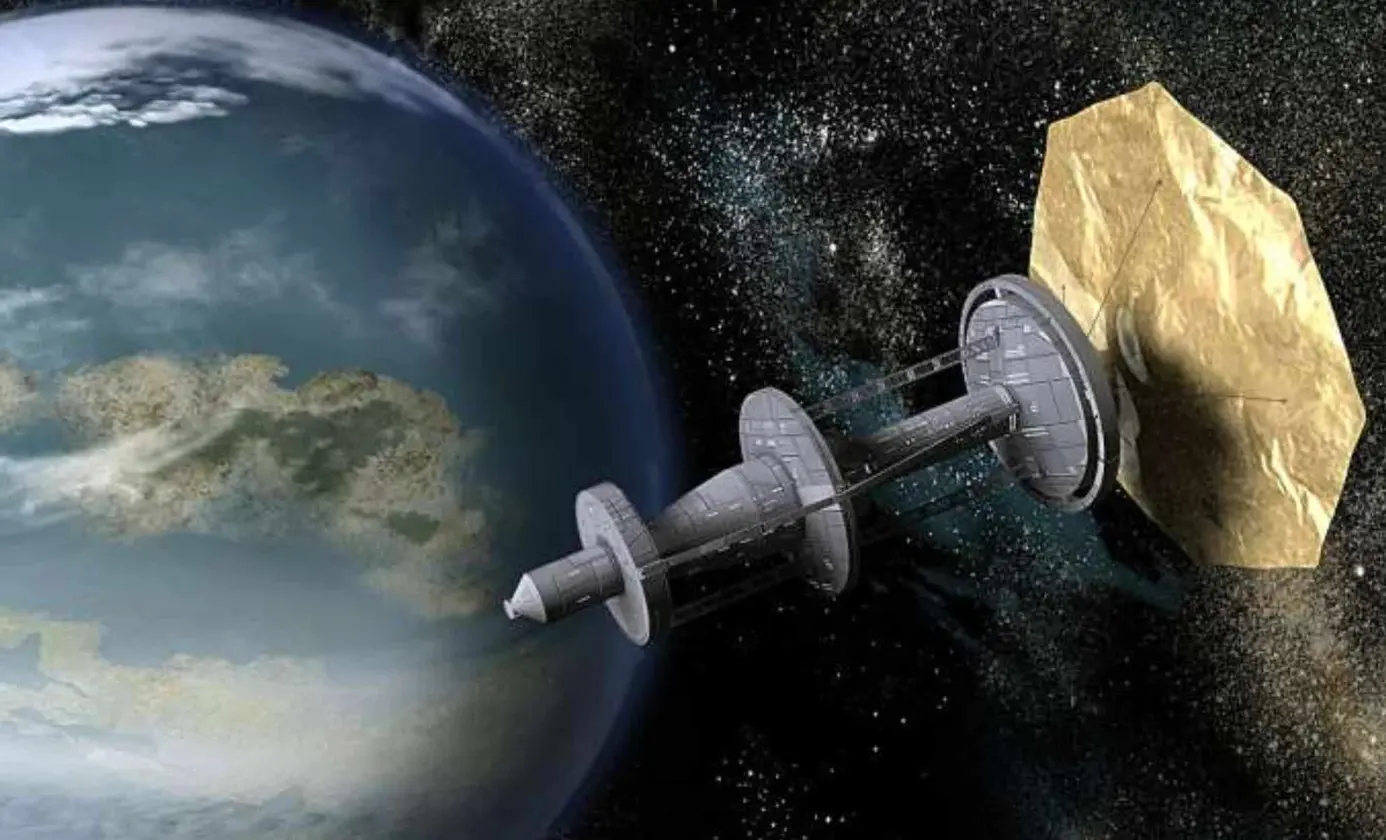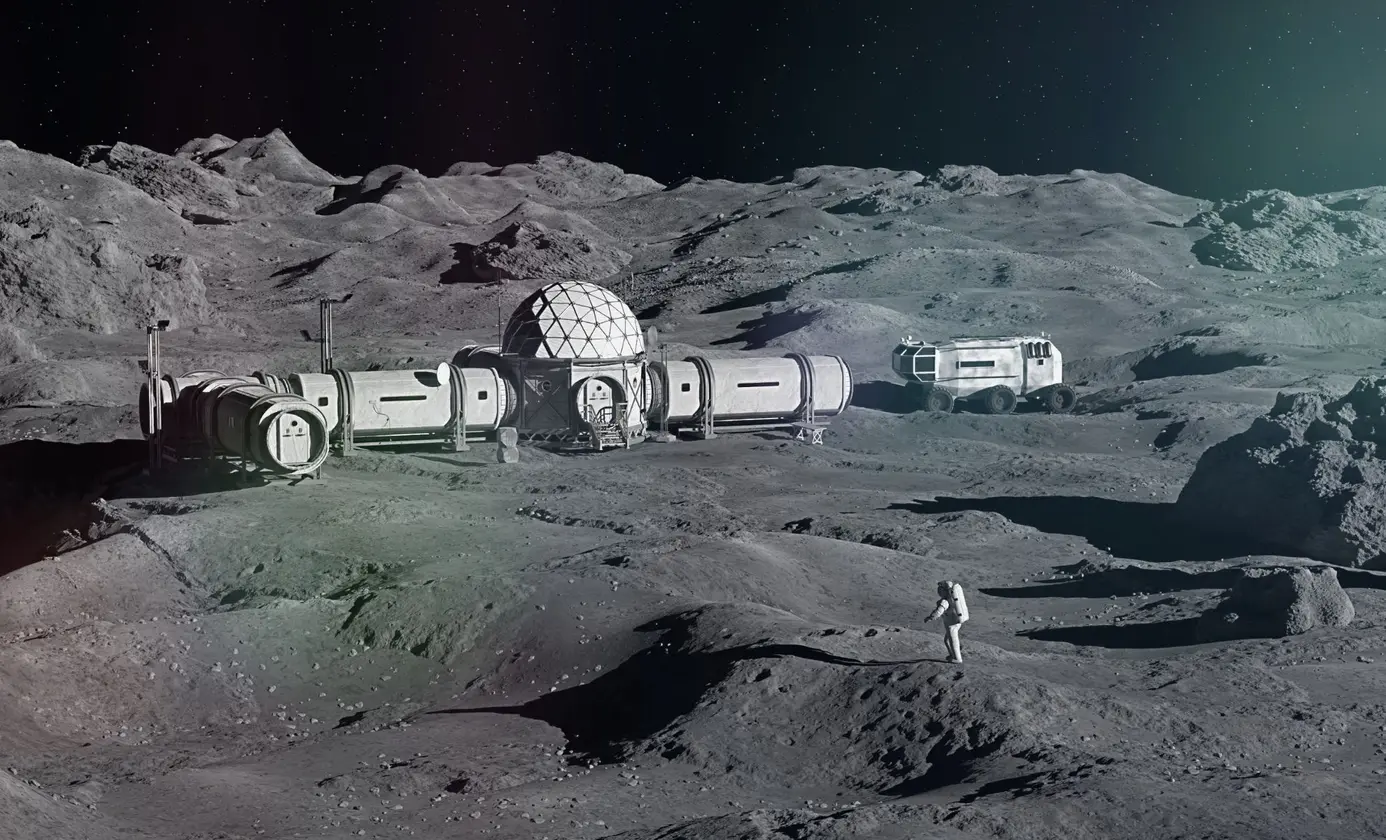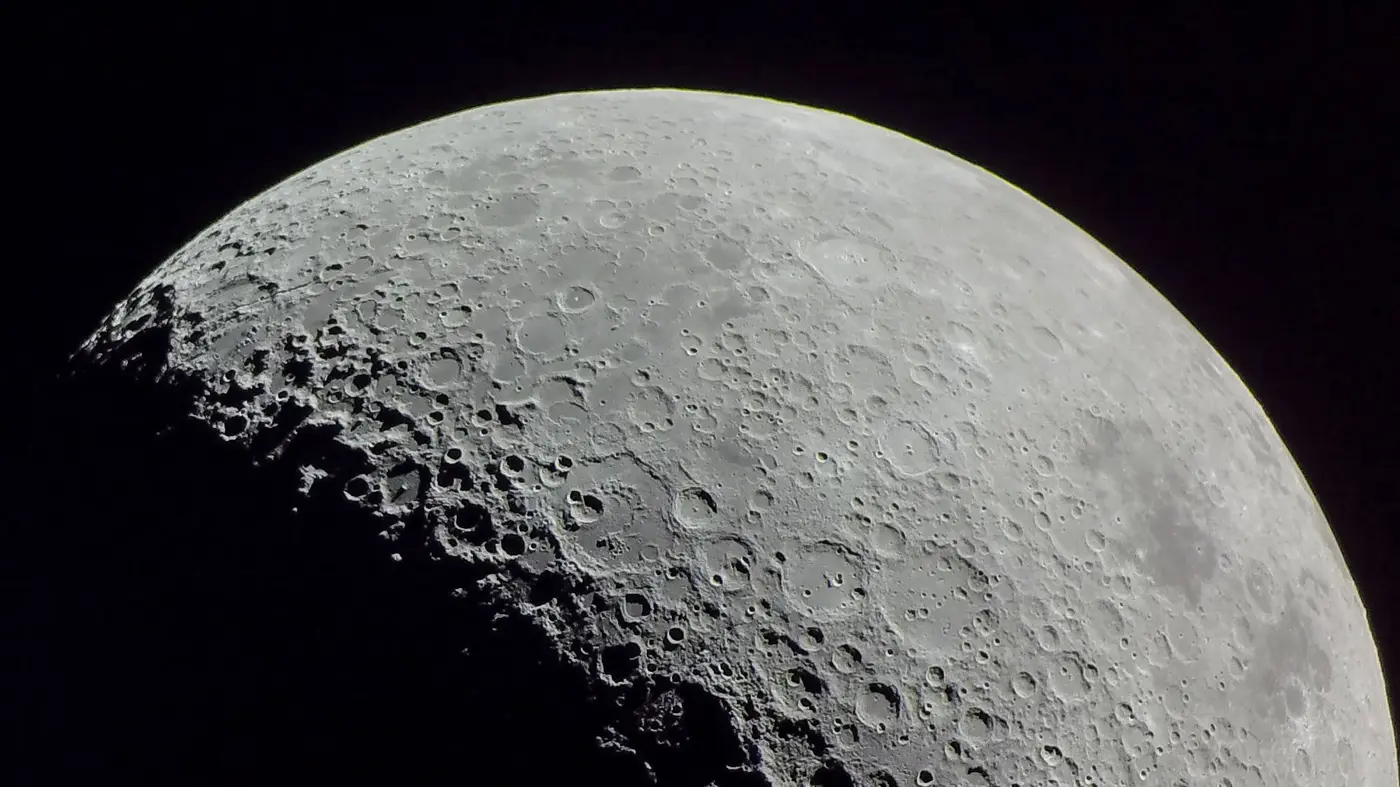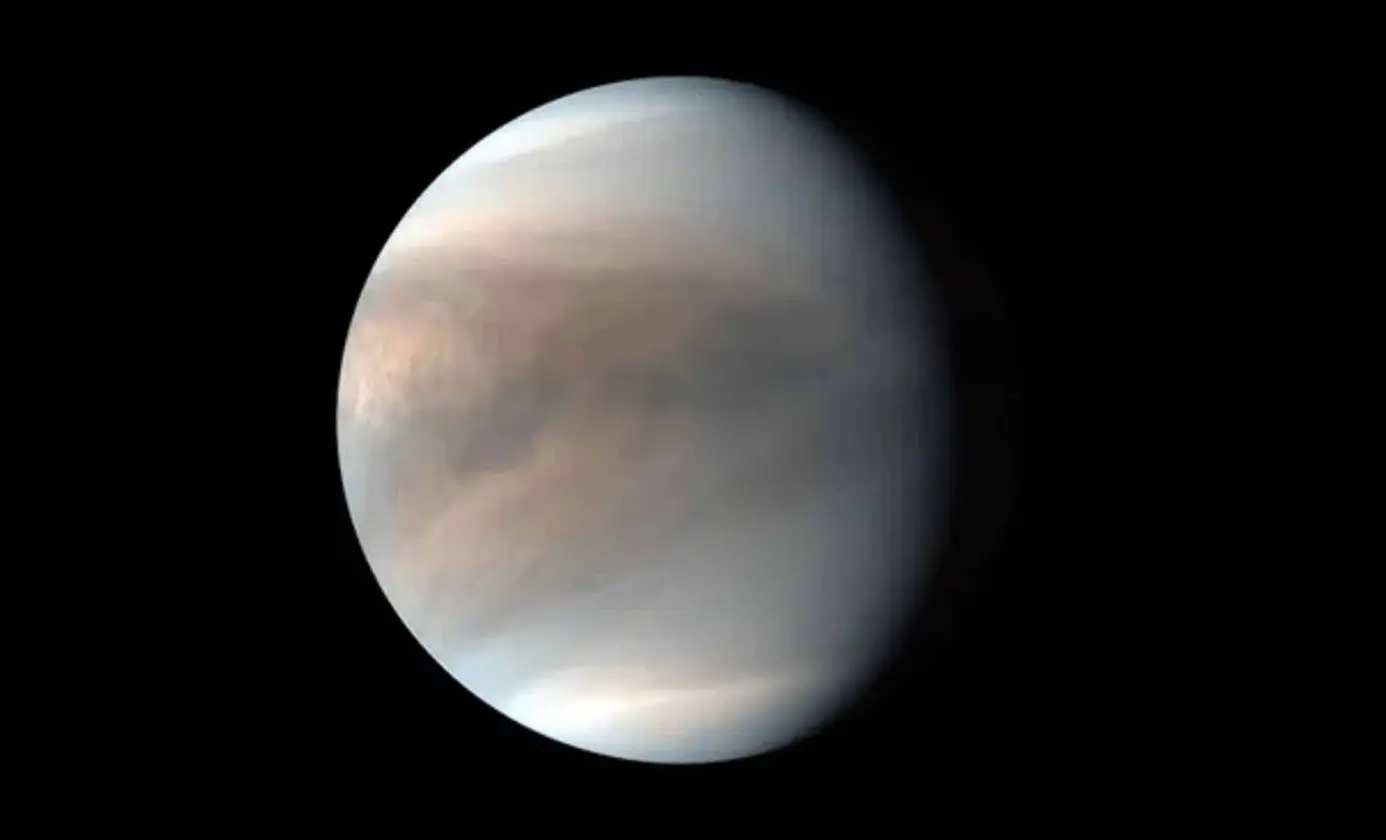T4K3.news
Nottingham solar sail breakthrough
A new transmissive solar sail design could enable fuel-free space travel and climate applications, with CubeSat tests underway.

A University of Nottingham study outlines transmissive solar sails that bend light to propel spacecraft, signaling a potential shift toward fuel-free travel and climate applications.
Nottingham Unveils Solar Sail Breakthrough for Fuel Free Space Travel
Researchers at the University of Nottingham, with the NottSpace team, describe transmissive solar sails that bend sunlight with microscopic refractive patterns rather than simply reflecting it. Using ray tracing simulations and a reinforcement learning optimizer, the team shows sails could be tuned for specific missions and flight regimes, potentially reducing onboard fuel needs and extending deep-space operations. The work, published in Acta Astronautica, also sketches possible uses on CubeSats and even climate-related concepts such as planetary sunshades, highlighting a broader view of solar sail technology beyond pure propulsion.
Practically, the researchers acknowledge hurdles in manufacturing, durability in harsh space environments, and the governance questions raised by space-based climate ideas. They flag debris removal as a potential application, noting that scalable sails could contribute to space sustainability if developed responsibly. The project illustrates how university labs and industry partners can push bold propulsion ideas toward testbeds and early demonstrations.
Key Takeaways
"The appeal of this approach was that the algorithm could be told to optimize according to any criteria; such a sail could be fine-tuned for specific missions and flight regimes, or be rapidly redesigned in response to evolving mission requirements."
Samuel Thompson discusses mission-specific optimization
"These sails are a highly sustainable propulsion solution, and are even one of the few economically viable means of removing space debris from LEO"
Thompson on debris mitigation potential
"Space-based solar shade could mitigate climate change in the long run"
Dr Cappelletti on climate intervention ideas
This work sits at the intersection of propulsion engineering and mission design. By enabling targeted acceleration and stable flight, transmissive sails could reshape how planners think about long-duration missions, potentially reducing launch mass and fueling constraints.
But there are political and public questions that come with any climate-related technology. The prospect of using solar sails as planetary sunshades requires transparent risk assessment and governance, or it risks sparking backlash or funding fights. A careful path forward would pair scientific validation with clear policy frameworks and international dialogue.
Highlights
- The sail could be tuned for specific missions and flight regimes
- Sails bending light open a new era for CubeSats
- Debris removal with sails could reshape space sustainability
- Climate resilience from space sails sparks new debates
Budget and climate governance concerns
The research touches on climate interventions and large-scale space projects, which could trigger political scrutiny, funding debates, and public reaction.
Progress will depend on clear standards and responsible governance.
Enjoyed this? Let your friends know!
Related News

McAtee nears Nottingham Forest move

Study reveals risks of Dyson megaswarms' stability

NASA's Webb Telescope Observes New Solar System

Sun powered lunar bricks push toward a Moon base

Scientists develop method to extract water from moon soil

Significant breakthrough in fusion energy confirmed

Time Girls of the Year coverage

Japan's satellites uncover groundbreaking data on Venus
